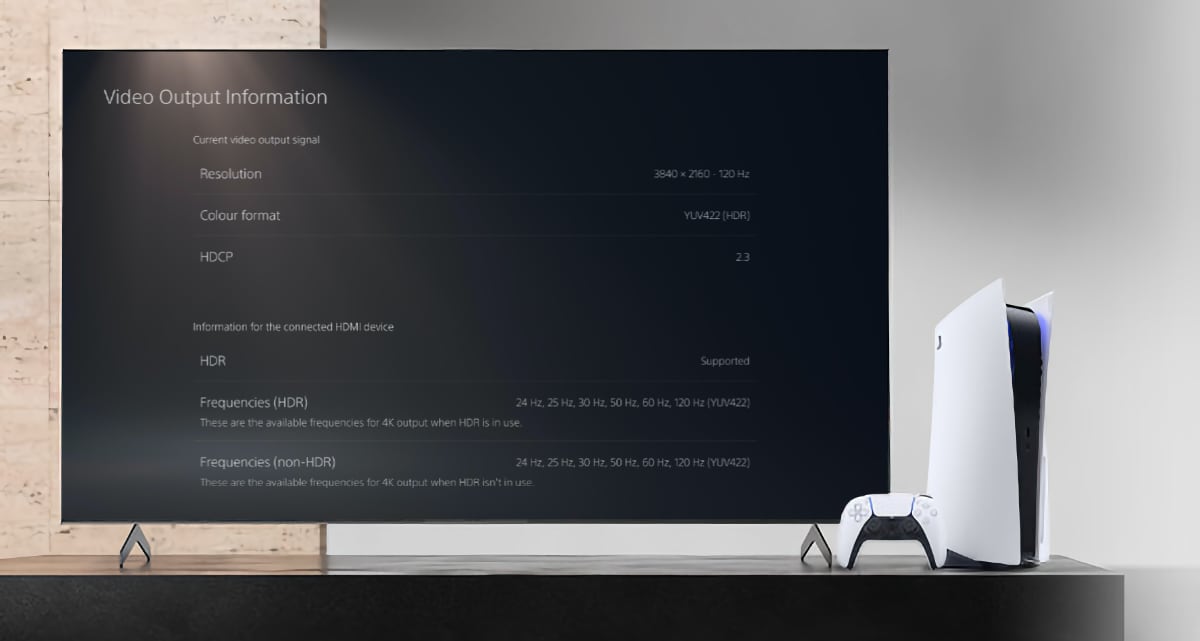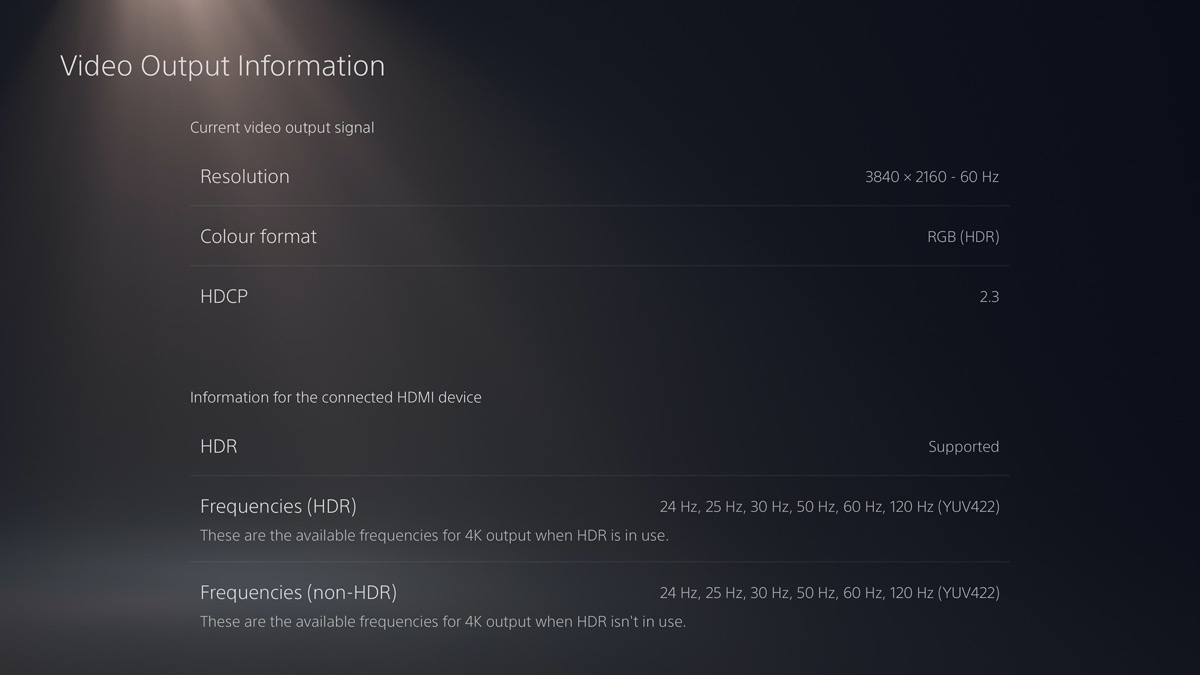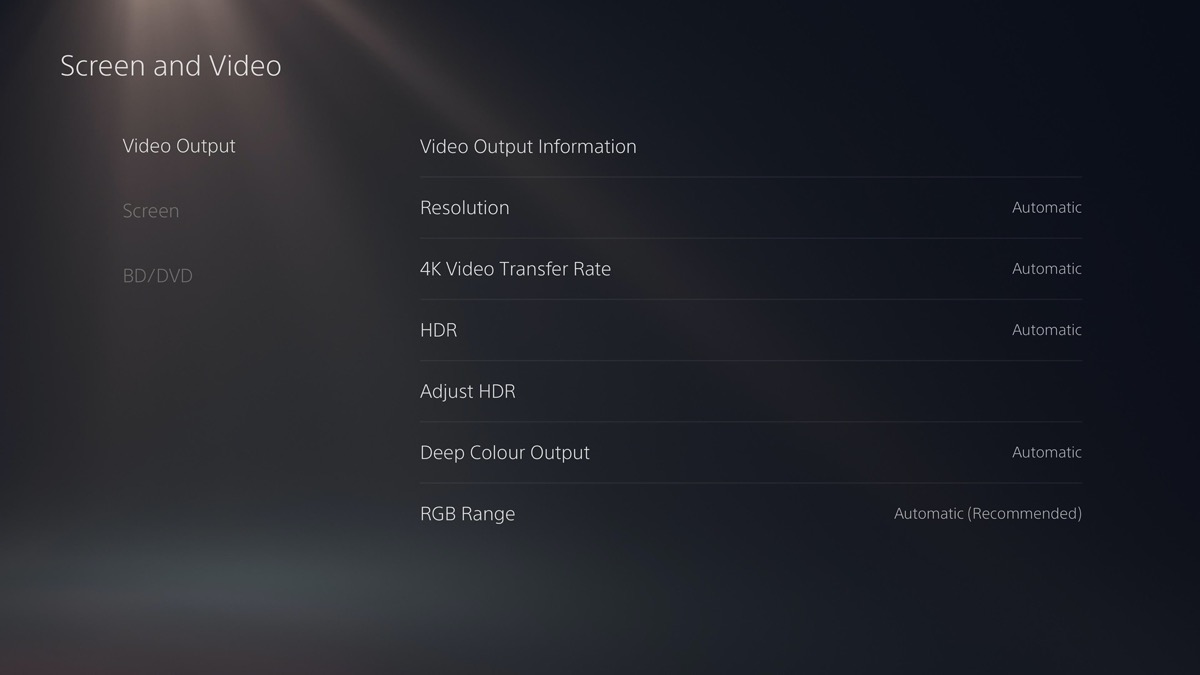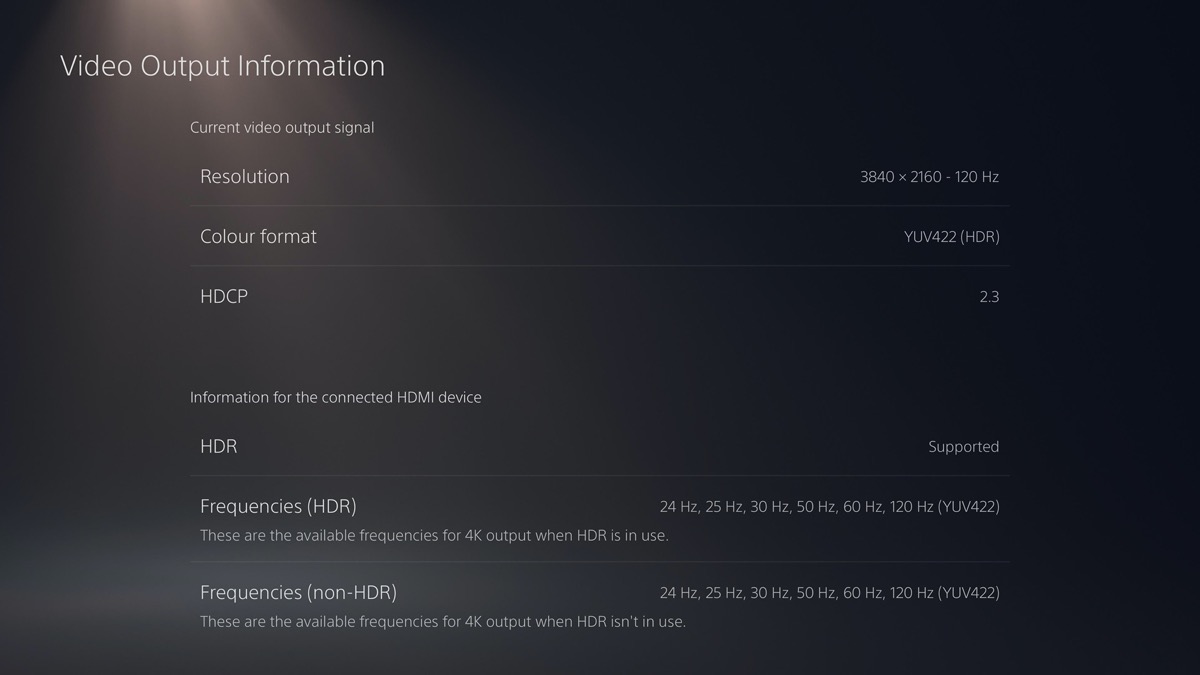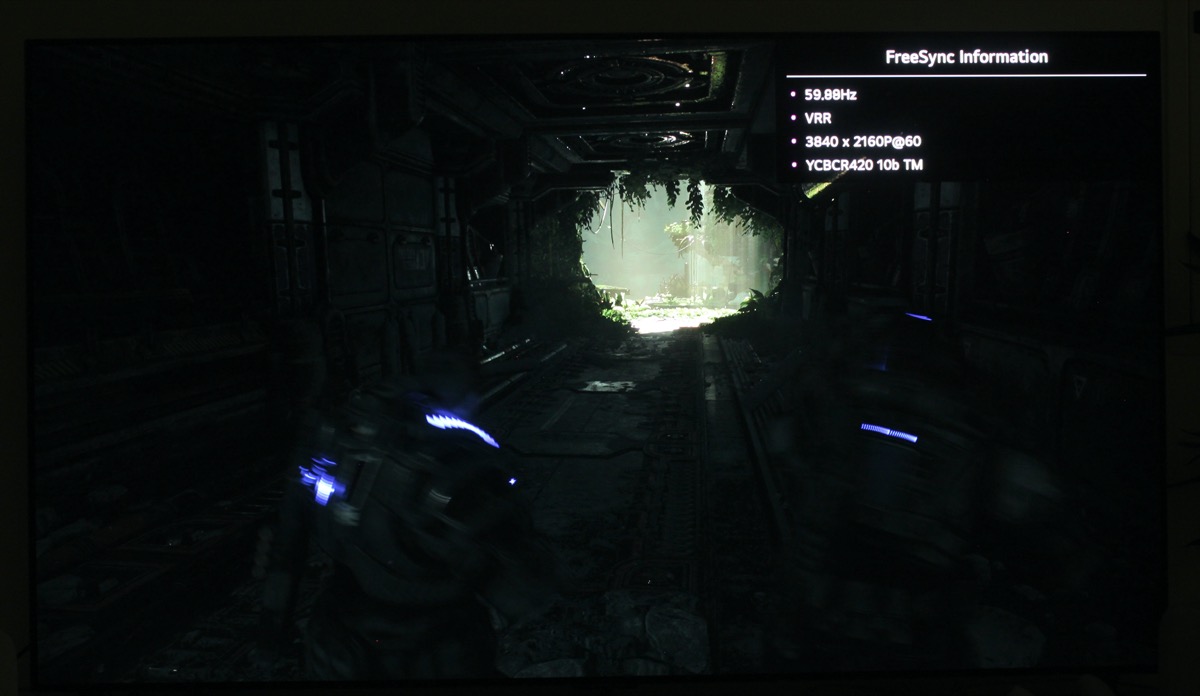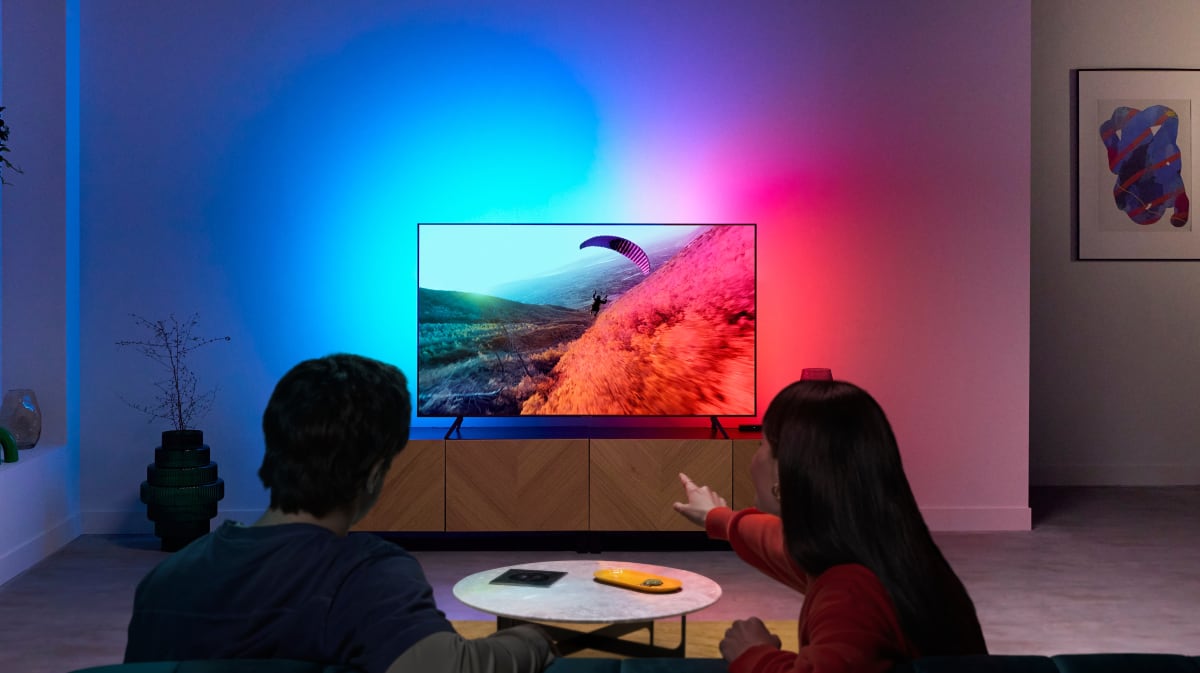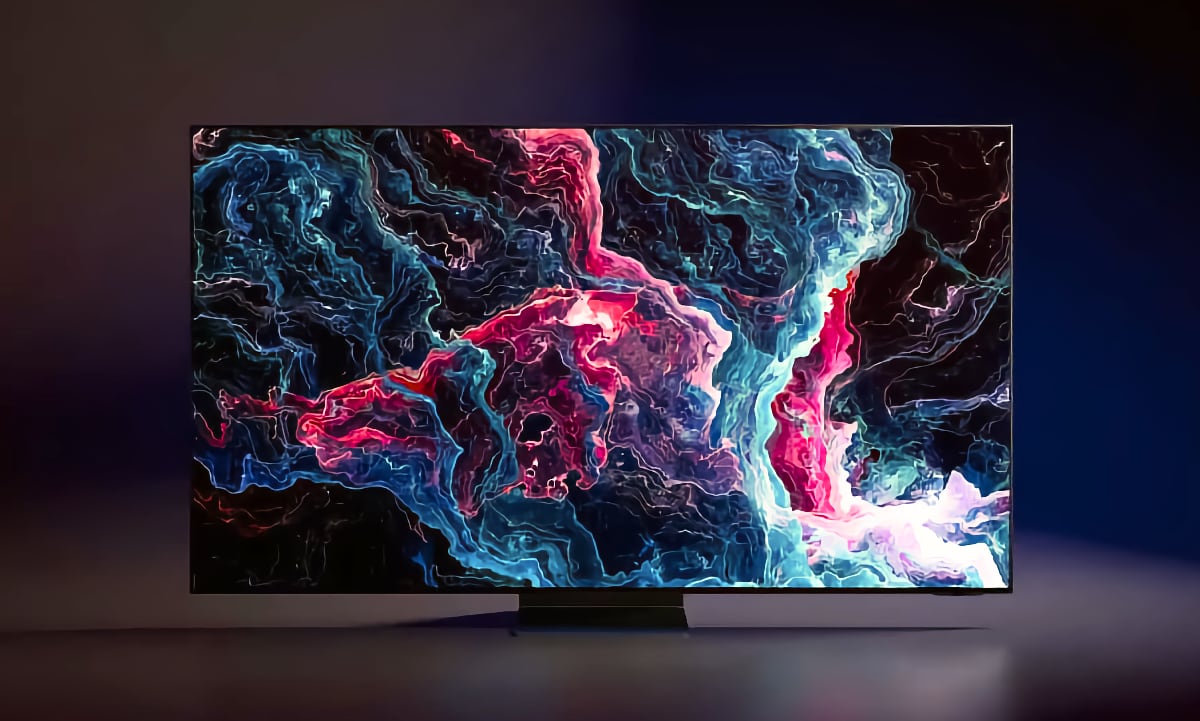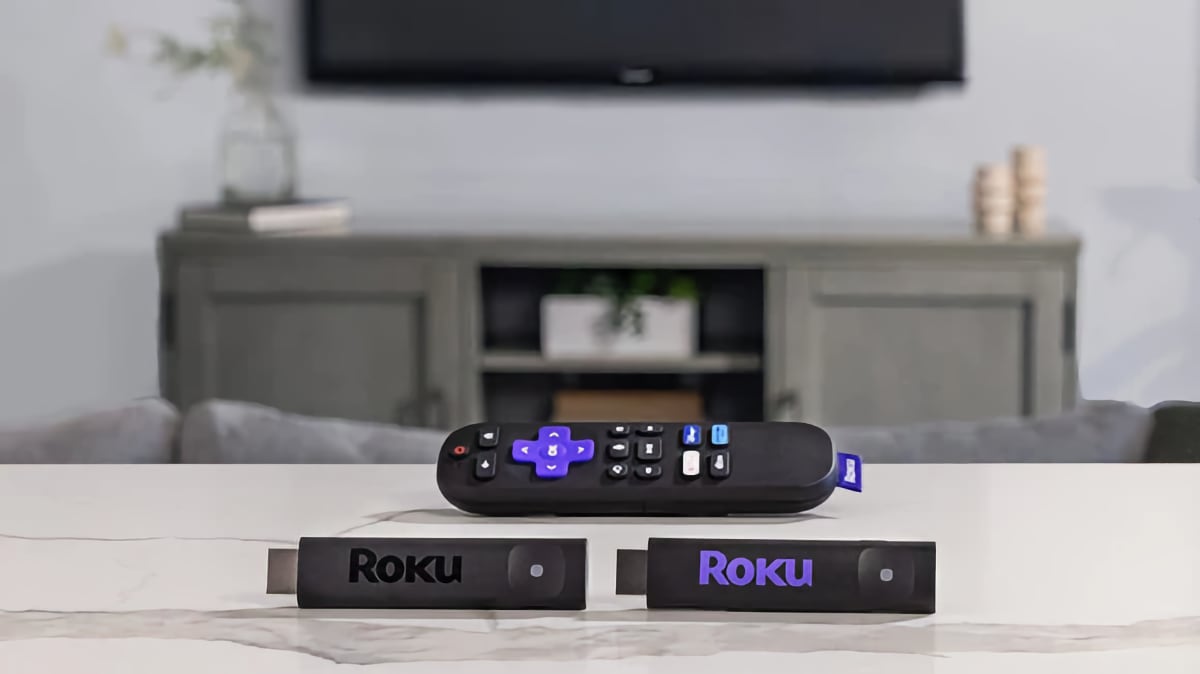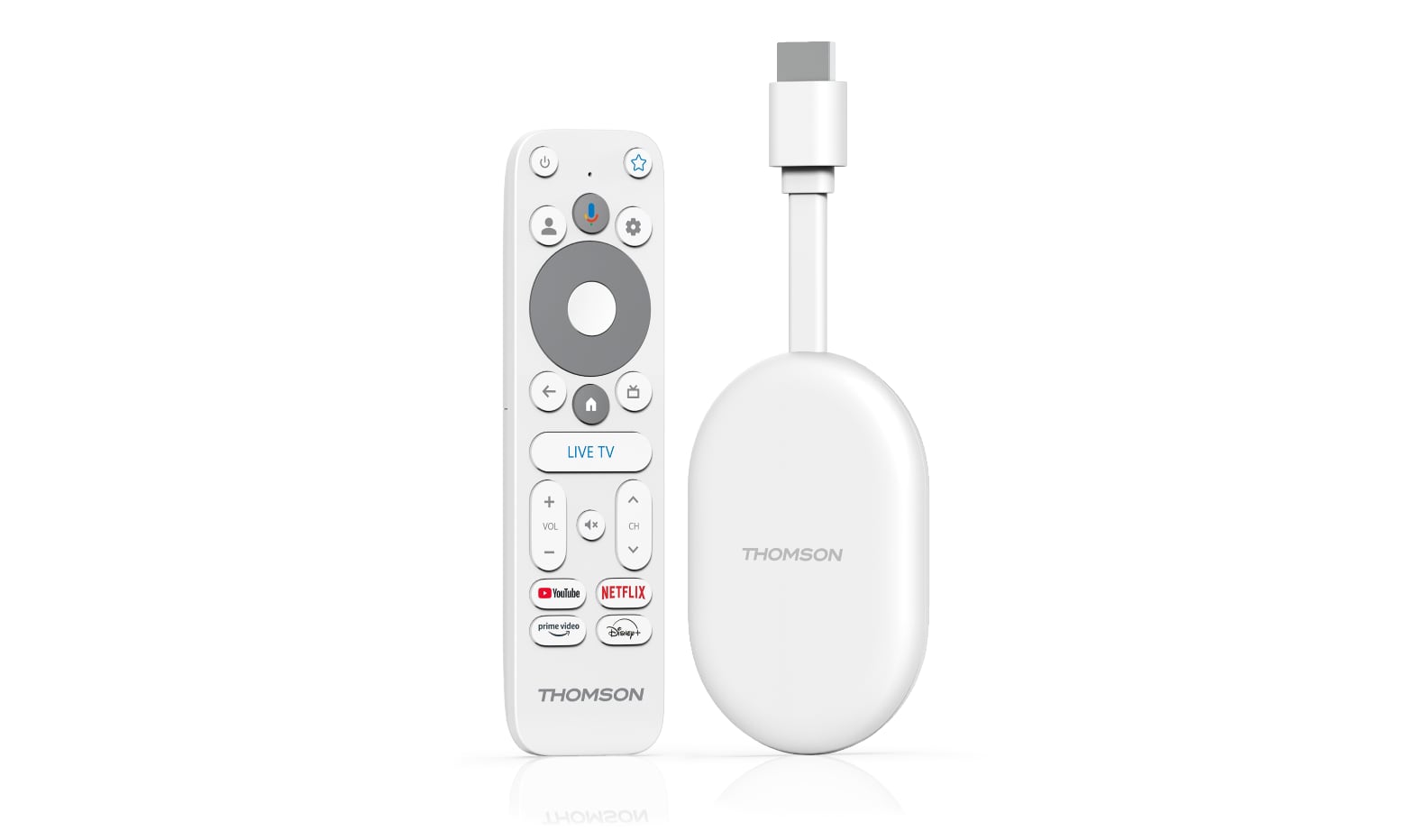Guide: How to set up PlayStation 5 for 4K, 120Hz, HDMI 2.1 & HDR
PlayStation 5 will usually auto-detect your TV's capabilities but there are still some pitfalls and considerations for optimal performance and compatibility. Here are our recommended settings for PS5.TV + PlayStation 5
FlatpanelsHD has today published an in-depth PlayStation 5 review. Based on our experience with the console, we are sharing our recommended settings along with some further notes. PlayStation 5 supports 4K120 over HDMI 2.1 as well as 4K (up to 60Hz) and HDR over both HDMI 2.0 (TMDS) or HDMI 2.1 (FRL). It will automatically detect your TV's capabilities as these will be communicated to the console (over E-EDID in the HDMI link). You will see this screen on PS5.PS5 will initially set its output to 4K60 over both HDMI 2.0 and HDMI 2.1. It will change to 4K120 over HDMI 2.1 only when a game offers a 120fps 'performance mode'.If you for some reason are not seeing support for features that your TV should support, try this:
Set up PlayStation 5
On PlayStation 5 you have this screen that allows you to adjust video settings. Most settings will automatically have been set up based on the communication between the PS5 and TV, but we have some notes below especially on the HDR setting.PlayStation 5 recommended settings
| Group | Setting | Value |
|---|---|---|
| Video output | Resolution | Automatic |
| 4K Video Transer Rate | Automatic (see notes below) | |
| HDR | Automatic for OLED TVs Off for most LCD TVs | |
| Adjust HDR | Set TV's tone-mapping to 'off' (sometimes called HGiG) Follow on-screen instructions | |
| Deep Colour Output | Automatic | |
| RGB Range | Automatic or, Limited (see notes below) | |
| HDMI | Enable HDMI Device Link | Yes |
PlayStation 5: Notes on video settings
| HDR (auto conversion):
With HDR set to 'Automatic', PS5 outputs everything (including SDR content) in an HDR container/mode. Not only media, but also games. It does not change output between SDR and HDR mode to match the content/source. In other words, it will output a game as HDR even if the game was not created or intended to be output in HDR. It does not affect OLED TVs much (or other self-emitting displays like microLED) but it can create significant issues on LCD TVs, especially those with edge-lit LED. On such TVs, you may be getting better picture quality and a better gaming experience by turning off HDR completely on PS5 – it will depend on your TV.
Adjust HDR:
This ensures correct HDR tone-mapping for games. First set your TV's tone-mapping option to 'off' (typically under in the picture menu under tone mapping settings), sometimes referred to in TV settings as 'HGiG'. Then follow the console's instructions on-screen. By calibrating HDR for games from this general menu, you will ensure the best and most accurate results for HDR in compatible games. And you avoid having to do HDR calibration for each individual game (that's the idea, at least).
4K Video Transfer Rate:
This setting controls chroma subsampling. The best choice is to leave it at automatic but it you have signal issues such as black screens, you can try to decrease it to -1 (4:2:2 chroma subsampling) or -2 (4:2:0 chroma subsampling) as this will reduce HDMI bandwidth.
RGB Range:
PS5 will by default set its RGB Range to 'Automatic'. If your TV has corresponding auto-detection for RGB range, this is our recommended setting. However, most TVs, especially not older ones, lack auto-detection for RGB range. In these cases, PS5 should be set to 'Limited' (also known as video range, or 16-235) and the TV's RGB range should be set to 'Low' (can usually be found in the TV's picture settings under names like 'Black Level' or 'Range'). If there is a mismatch between these settings on PS5 and TV, you will see crushed shadow details, highlight details or similar issues, depending on the type of mismatch. With a PC monitor, you should set PS5 to 'Auto'/'Full'.
120Hz:
Unlike Xbox Series X, which on HDMI 2.1 TVs will output the user interface and almost everything else in 4K 120Hz, PS5 will initially set its output for HDMI 2.1-compatible TVs to 4K60 (over HDMI 2.1's new FRL signalling system) and only switch to 4K 120Hz output after a game with a 120fps 'performance mode' is enabled. From the general settings on PS5 you can select if you prefer graphic or performance mode. The idea is to have games automatically adhere to your preference rather than set it individually for each game. However, in our experience not all games adhere. Borderlands 3, for example, ignored our preference for performance mode and we had to manually select it from the in-game menus. Sony explains that only PS5 games can run in 120fps. Even though PS5 should be capable enough to push some PS4 games up into 120fps, game developers must release it as a PS5 optimized game to unlock a 120fps mode.
It is not clear why Sony has taken this approach, but it may have something to do with compatibility or similar concerns. There can be challenges with outputting everything at 120Hz, but as said this not relevant on PS5 as it operates in a different way than Xbox Series X.
PlayStation 5 uses the 32Gbps HDMI 2.1 mode to output 4K 120Hz (and 4K 60Hz). Some have attempted to make conclusions for the combination of Hz, chroma subsampling and bit-depth based on the indicated bandwidth. However, be careful doing that: (Mis)understanding HDMI 2.1.
PS5 will switch to 4K 120Hz only when a game offers a 120Hz mode - and switch back to 60Hz again when you close the game
VRR:
PlayStation 5 will gain VRR support through a later system update. Sony has made it clear that it will adhere to HDMI 2.1's VRR standard. No announcements regarding AMD FreeSync or Nvidia G-Sync have been made. VRR stands for Variable Refresh Rate, which allows the TV display to adjust its refresh rate in real-time to the frame rate output of the console, for smoother gameplay without tearing and lower input.
At this time, we do not know hos VRR will be implemented in PS5, but Sony says that "PS5 owners will be able to use the VRR feature of compatible TVs when playing games that support VRR". The statement hints that VRR will be activated only if the game supports it, rather than on the system level (like Xbox Series X). We will have to wait and see how Sony approaches the matter.
In general terms, VRR is a good thing but it can create some issues. The challenge is, again, that the TV ecosystem is not mature enough. In VRR mode, an LCD TV's zone dimming system will be much less effective than for movies as zone dimming requires picture analysis and a small signal delay to function optimally (for console gaming low input lag will be prioritized by the TV). On OLED TVs, VRR should in theory not create problems. However, the OLED panel from LG Display, which is used in all commercially available OLED TVs on the market, struggle with slightly raised blacks in VRR mode due to the way the OLED panel is driven. We suspect that most users will not notice it, but it is visible to the trained eye.
ACTIVATING VRR CAN RAISE BLACKS ON BOTH LCD AND OLED TVS. IN GEARS 5 YOU CAN USE THIS SCENE FROM THE FIRST CHAPTER. Photo from Xbox Series X, but applies generally to VRR on TVs.
HDMI Device Link:
Sony's name for HDMI CEC, meaning HDMI control. Enabling it will allow your PS5 and TV to turn on/off together via the HDMI connection.
PS5 does not support HDMI ALLM (Auto Low Latency Mode) that automatically puts compatible TVs into game mode. |

